A Guide On Tasting Wine
Sep 29, 2009, Updated May 13, 2024
This post may contain affiliate links. Read more at our disclosure policy.
Tasting wine does not have to be an overwhelming experience. When walking into a tasting room, you can follow these steps on how to taste wine and feel confident in your experience. The most important thing to remember is that you should always enjoy the wines that your palate appreciates and be curious to try new things. Find out the basics in this easy guide on tasting wine.
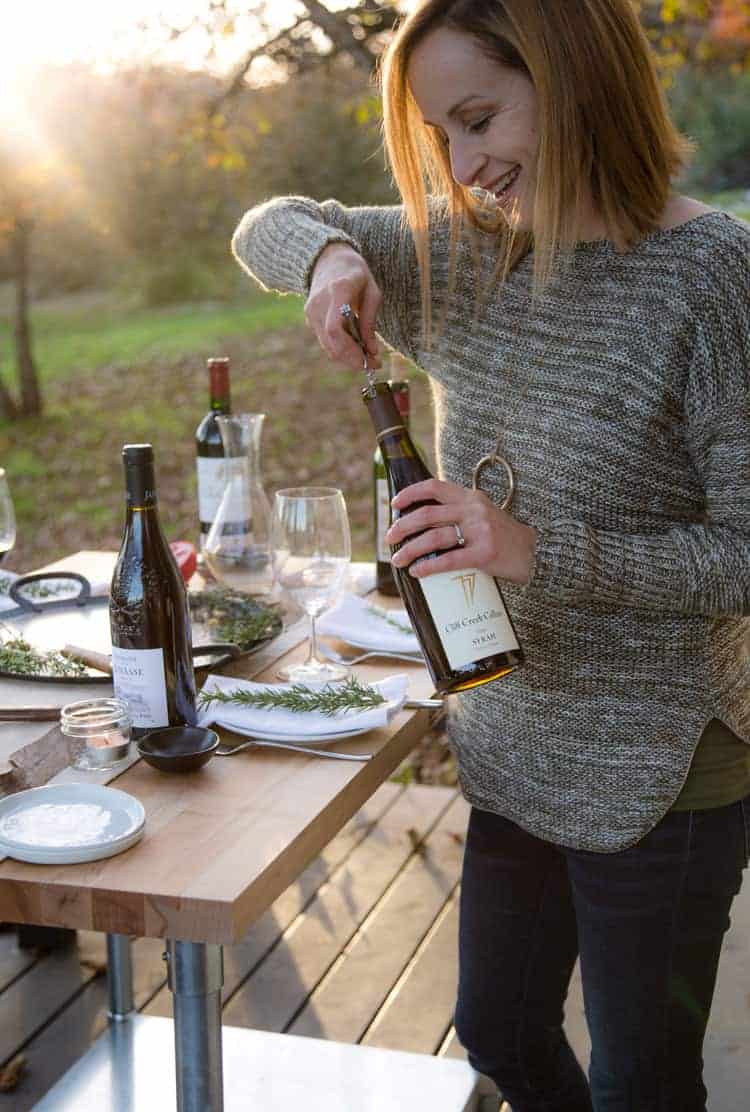
As a certified sommelier I’ve learned a few steps to consistently taste and evaluate wine. This was both to have a process to identify and evaluate a wine, and also to appreciate all that went into making that specific bottle. And after tasting wine with a close friend in California recently, I realized that it can be rather intimidating for some people and that there are a lot of misperceptions on how (and why!) to taste wine. And when she asked me specifically why I swirl and wine and take time to smell it before tasting it, I felt it was time to explain, so that she stopped feeling intimidated and enjoyed the process more. I hope this will help you too.
Table of Contents
How To Taste Wine
You may here phrases like the 5 S’s when it comes to tasting wine. This refers to see, swirl, sniff, sip, and savor. And while these are great as a starting place we want to go deeper into the actual process of appreciating the wine.
Sight (“see”)
Hold the glass by the stem and hold it straight in front of you at eye level and look at it. You are looking for things like clarity (is the wine clear or cloudy), the color (is it really light straw colored or deep ruby), are there sediments (particles) in the wine? If you are a professional wine taster you may be looking for other characteristics to determine the wines approximate age (yes, you can tell that just by looking at it) or quality.
Older wines tend to change in color over the years, with red wines showing browner tones versus younger wines that present violet like with Merlot. For whites, like Chardonnay, they can turn darker and present more amber-like. That is ideally what you are looking at for sight.
A note on sediment: Sediment may exist in a bottle of wine. Don’t be alarmed. This is not an indication that it is flawed. Some wine is unfiltered, which can leave the wine with some sediment (or even small crystals).
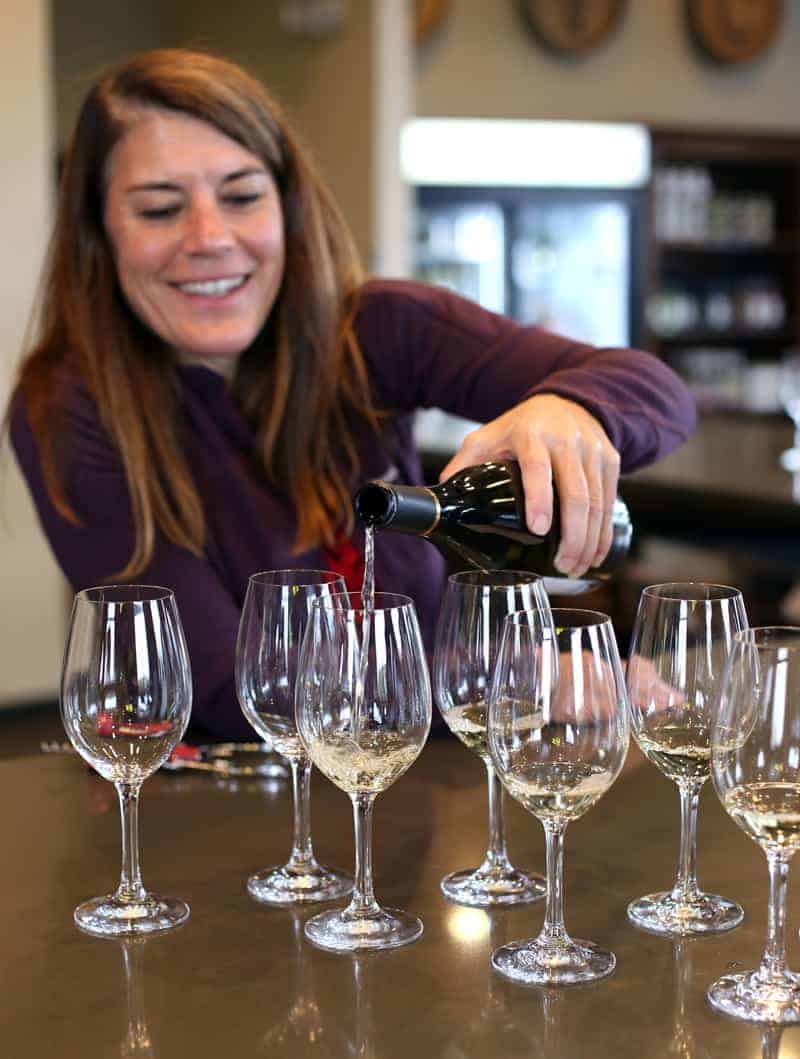
Nose (“swirl and sniff”)
By nose I mean what the wine smells like. After examining the sight of the wine you will want to keep that firm hold on the stem and give it a good swirl (and if you haven’t done this before you may want to place the glass on a table and swirl it from there or spillage may occur). This releases the wines “esters” (aromas). This is one of the best parts of wine tasting since you can smell thousands of characteristics simply by sniffing the wine (and only five by tasting).
Stick your nose close to the glass and give it a strong whiff. What do you smell? It’s okay if your response is “wine” when you first practice this. After all, it is wine. Over time you will learn how to pick out specifics, like green apple, ripe pear, black cherry, leather, cedar, cloves, among thousands of other possibilities.
In an old world wine (aka European) you may sense more earthy qualities (like mushrooms, minerals, chalk, stone), as opposed to a new world wine (think The Americas, Australia, etc.) you may get more fresh fruit qualities initially. As a consumer, you are simply smelling the wine to assess qualities you like and those you do not like.
Palate (“sip”)
When you’re done checking out the nose of the wine you will want to give it a taste. Allow a good amount (maybe ¼ – ½ oz) into your mouth and allow it to swish around. Don’t swallow it right away, this is not a shot of vodka! Focus on how it changes in your mouth. What stands out?
- Is the wine sweet (detected by the level of trace sugar in the wine)? Or is it dry (little to no detectable sugar remaining)?
- Does the flavor confirm what you smelled earlier or do you detect anything different?
- Is the wine full-bodied or light (think whole milk vs. skim)?
- If it is a red wine is it tannic? (I judge the level of tannin by how cotton mouth your tongue feels after the wine is gone.)
- And importantly, do you like it?
Again for the wine consumer you are simply looking for what you like and don’t like to judge whether it is something you will want to buy. When you are done you have the option to swallow the wine, or spit it in the dump bucket. *If you plan to visit multiple wineries in one day I highly recommend that option! That or take one swallow, then dump the remaining contents.
Finish (“savor”)
Finish refers to how long the flavors last after you have swallowed (or spit) the wine. Does the flavor last long after you have swallowed it, or did it go away very fast? Generally speaking the longer the finish the better quality the wine and more memorable. During this stage you will also determine if it is a wine YOU like and want to purchase. Don’t worry if other people have different conclusions. This is YOUR palate and only you can determine if you like it or not, so don’t be shy to express your opinion. If you don’t like it, politely tell the person behind the bar you didn’t like it and explain why to the best of your ability, and perhaps he or she can introduce you to something you might like better.
Would you like to save this?
I don’t care if they tell you the wine received 99 points in Wine Spectator, if you didn’t like it it doesn’t mean there’s anything wrong with your palate. You are entitled to your own opinion. What’s most important is finding something YOU like. The more you know the characteristics you like and don’t like in a wine, better are chances of you finding something you will like later on down the road. This is especially true when buying wine online, if the descriptors match what you tend to like it’s likely to be a better match for you.
Sommelier note on spitting: During professional tastings, we spit the wines because we are typically trying and evaluating many wines. If out at wineries, it is totally appropriate to ask for a spit bucket should you wish to spit out the wines. This is not rude if you are out in public.
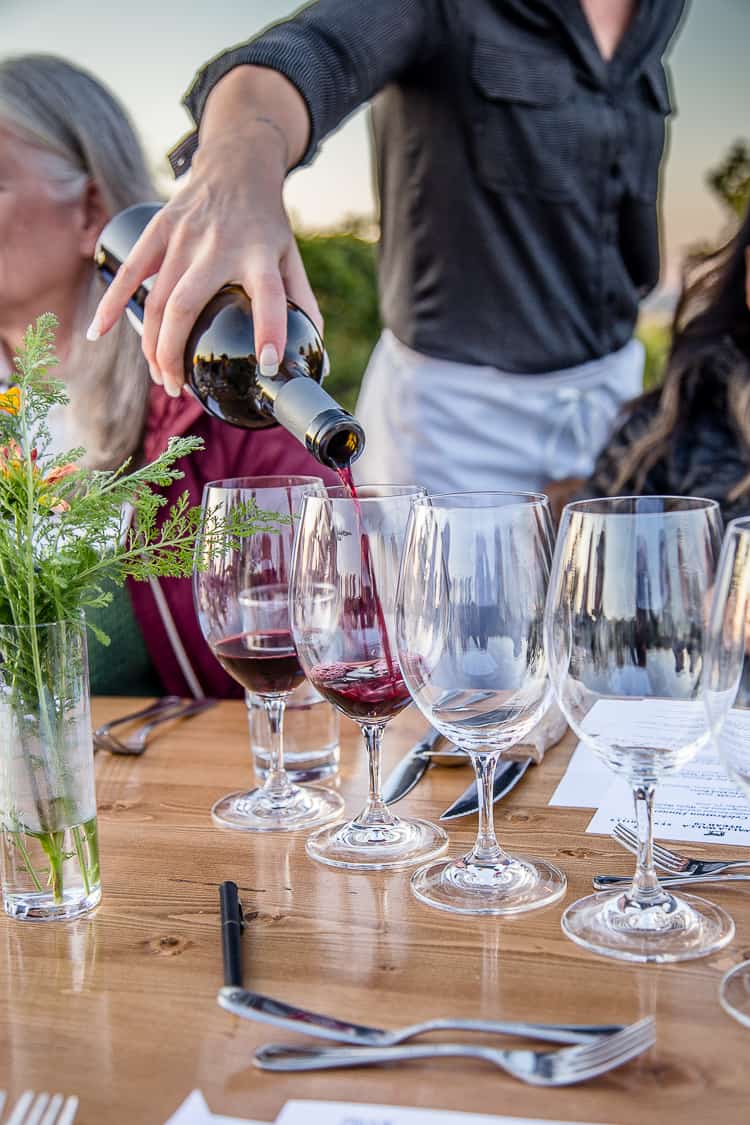
Definitions
There are terms you may hear while wine tasting, so here are some definitions to help.
- Variety – Refers to a specific type of grape, like Pinot Noir or Chardonnay.
- Varietal – Is a wine produced from a grape variety. In most New World countries you will see wines labeled by the dominant grape in the bottle, such as Cabernet Sauvignon, Zinfandel, or Pinot Gris. On Old World countries, you will often see wines labeled by region, such as Bordeaux or Bourgogne.
- Blend – This is often a blend of multiple grapes together to make a single wine.
- Reserve – There is no standard definition of reserve in the US. Typically it’s a branding tool to differentiate what a winery thinks is a higher end wine in their lineup.
- Estate – Typically estate refers to grapes grown on the property owned by the winery.
- Tannin – Tannin is a naturally occurring compound primary found in the skins of grapes, but can also be found in the stems. It will present in wine on the finish as dry, bitter, or almost scratchy. Tannin will mellow over time with older wines.
- Whole Cluster – This refers to a winemaking technique where the grapes are not separated from the stems when crushing, but instead pressed into wine with the stems attached.
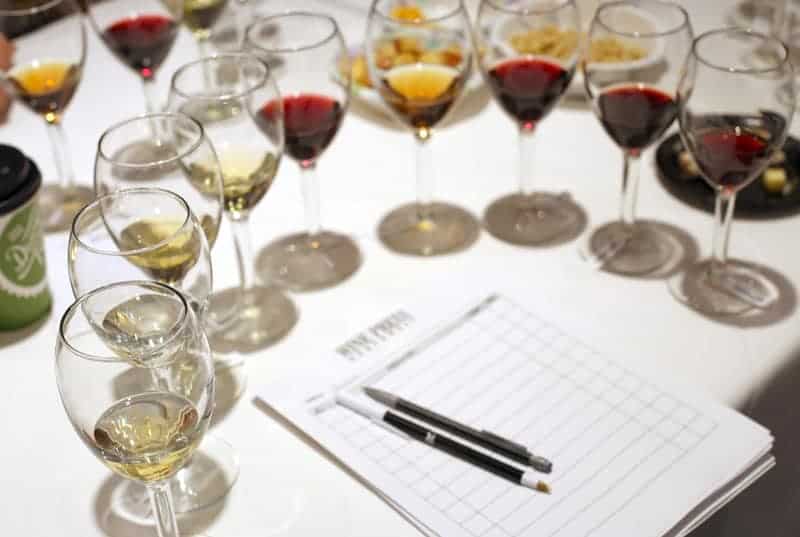
What To Expect At Wineries
Research
One important thing before heading out, is to do some research and plan out the day. Wine tasting is more popular than ever before and there is nothing more disappointing than heading out to wineries only to find out they are closed or by appointment only.
Hours: Many wineries will have set hours where you can drop in and enjoy a tasting. Because wineries are also hoping to provide a great experience for you, many are now requiring advanced reservations so be sure to check the winery website before going out.
Tasting Fees: Most wineries are small business. Every bottle they open is a bottle they can’t sell. So expect that a tasting fee may apply. Every region will be different in terms of prices. Many wineries will reimburse one or more tasting fees when you purchase bottles of wine as well.
Tasting
Flights: Included in the tasting fee will be a “flight” (selection of wines offered to taste). Often times the winery will pre-select the wines offered for tasting that day or you may select from a few options. On average the flight may range anywhere from 3 samples to 6 (sometimes many more, hence the importance of spitting or pouring out some of the sample). The tasting room staff will generally explain the procedure when you arrive. Just note that all tasting rooms have different policies so don’t expect the same experience at every winery you go to.
Sample Size: You are not receiving entire glasses of wine. Expect a small sample of approx 1 ounce in size. This is an appropriate enough sized pour to assess the wines characteristics. Savor the experience and taste slowly. Like I said earlier, this is not a shot. If you are out for the day, consider using the spit bucket that wineries provide.
Buying Wine
Don’t feel obligated to make a purchase. I’ve been victim to this many times before, buying wine out of some feeling of obligation, and I want to save you from making bad wine purchases. Buy what you like and don’t feel pressured to buy wines you don’t wish to.
Tasting room staff should never make you feel stupid. Ever. If this happens, just don’t ever return to that winery (or if you feel so inclined you may take down the persons name and write an email to the winery about your treatment). This should be a safe place where you can learn about their wines and not feel belittled or talked down to. Their job is hospitality and customer service and should make you feel comfortable asking questions about their wines and educate you on their product.
Don’t be afraid to tell them you are new to wine. If they are good at their jobs, they should make you feel warm and welcome and answer any questions you may have.

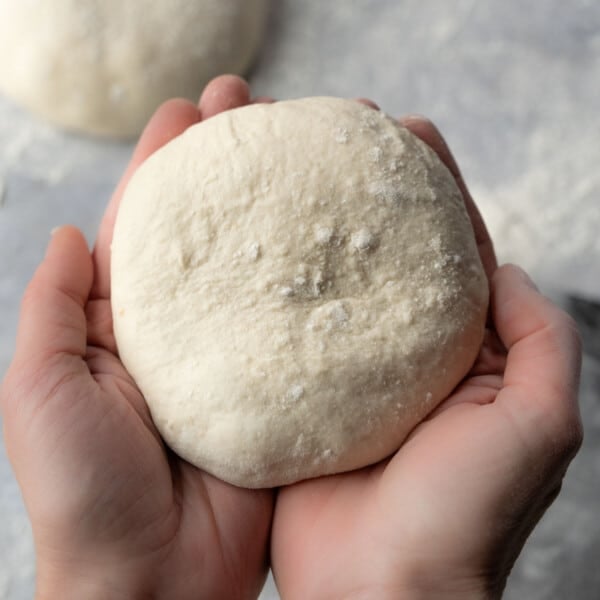
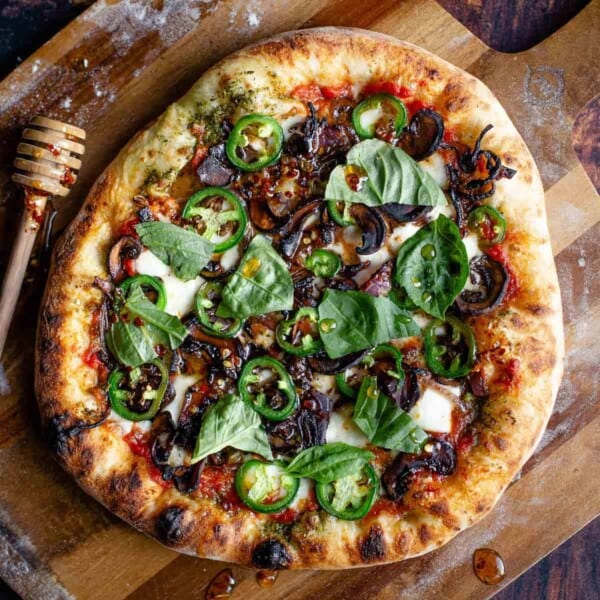
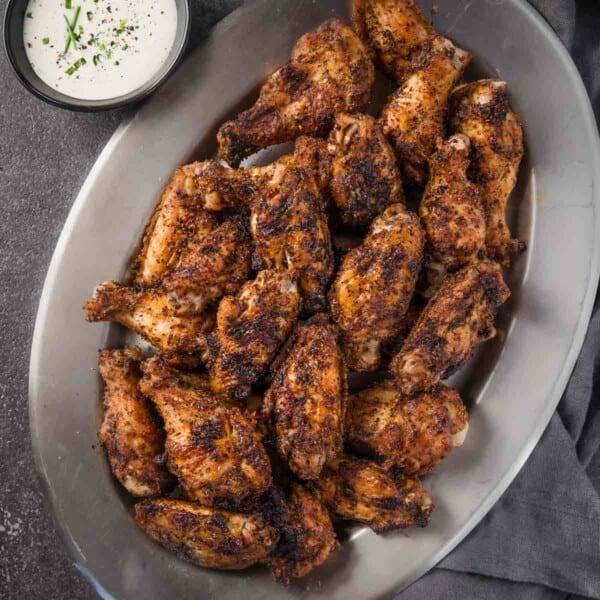
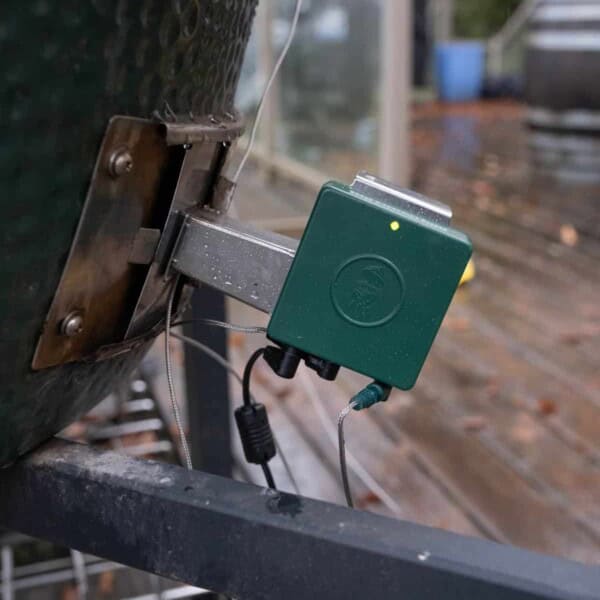

















Love it! Nicely done and detailed.
You’re welcome. That was my intention. I have had many of my own friends tell me I am sometimes too technical when I talk about wine so I wanted to make it approachable and non intimidating.
Thank You!!!! I have read this same information before but it has always been so “techy” that I really didn’t understand much. Thanks for the down to earth, non techy, plain old folk like me version!